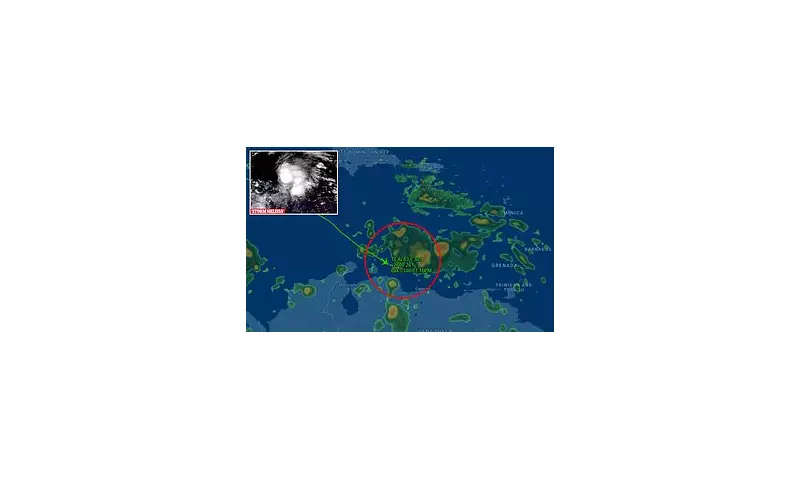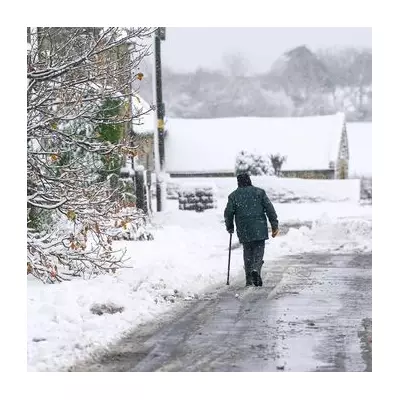
In a dramatic display of aerial bravery and scientific precision, elite hurricane hunters from NOAA are currently penetrating the turbulent heart of Tropical Storm Melissa as it churns through the Caribbean waters. Their mission: to gather critical atmospheric intelligence that could mean the difference between life and death for coastal communities.
The Daring Flight Into the Storm's Core
Specialised aircraft, equipped with state-of-the-art meteorological instruments, are flying directly into the most violent regions of the developing storm system. These brave crews are collecting real-time data on wind speeds, atmospheric pressure, and moisture levels - information that traditional satellites simply cannot provide with the same accuracy.
Why This Mission Matters
As Tropical Storm Melissa shows signs of potential intensification, the work of these hurricane hunters becomes increasingly crucial. The data they gather feeds directly into forecasting models used by meteorologists worldwide, enabling more accurate predictions about the storm's path and strength.
Key objectives of the current mission include:
- Pinpointing the exact location of Melissa's centre
- Measuring maximum sustained wind speeds
- Monitoring atmospheric pressure changes indicating intensification
- Tracking the storm's movement and potential development into a hurricane
The Science Behind Storm Formation
Meteorologists are closely watching several environmental factors that could influence Melissa's behaviour. Warm Caribbean waters, currently measuring several degrees above average, are providing ample fuel for the storm's development. Meanwhile, wind shear conditions in the upper atmosphere will play a decisive role in determining whether Melissa organizes into a more powerful system.
What This Means for the Region
Coastal communities across the Caribbean are being advised to monitor the storm's progress closely. While current projections show Melissa tracking away from major population centres, the unpredictable nature of tropical systems means residents should remain vigilant and review their emergency preparedness plans.
"The work of hurricane hunters provides the ground truth that satellites cannot," explains Dr. Eleanor Vance, senior meteorologist at the National Hurricane Centre. "Their courage in flying directly into these dangerous systems gives us the precise data needed to issue timely warnings and potentially save lives."
As the 2023 hurricane season continues to demonstrate increased activity, the role of these airborne scientists becomes ever more critical in protecting vulnerable communities from nature's most powerful storms.





